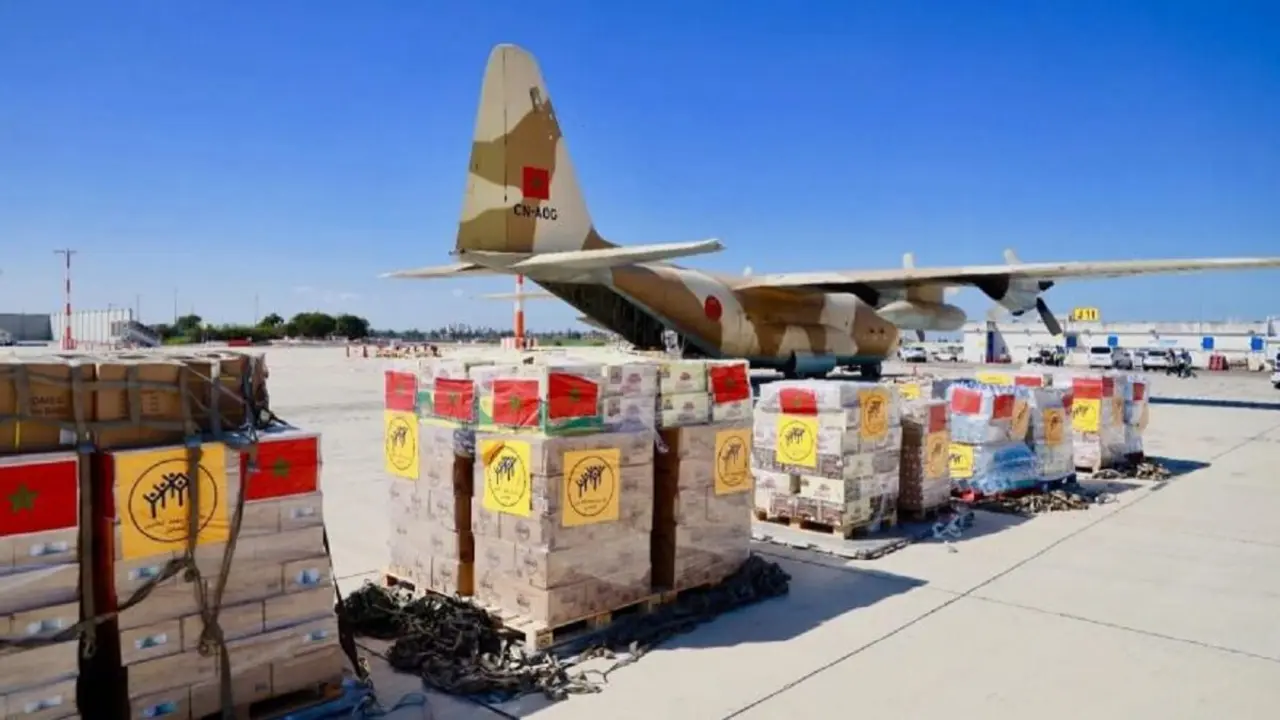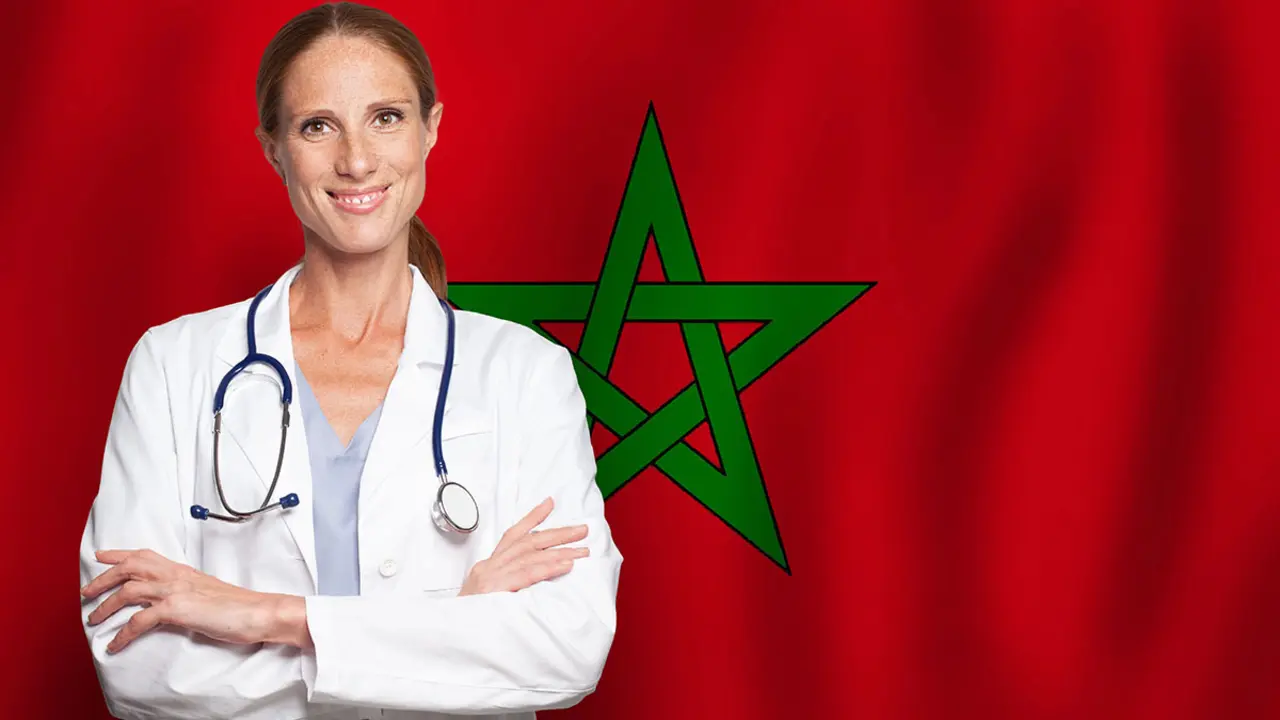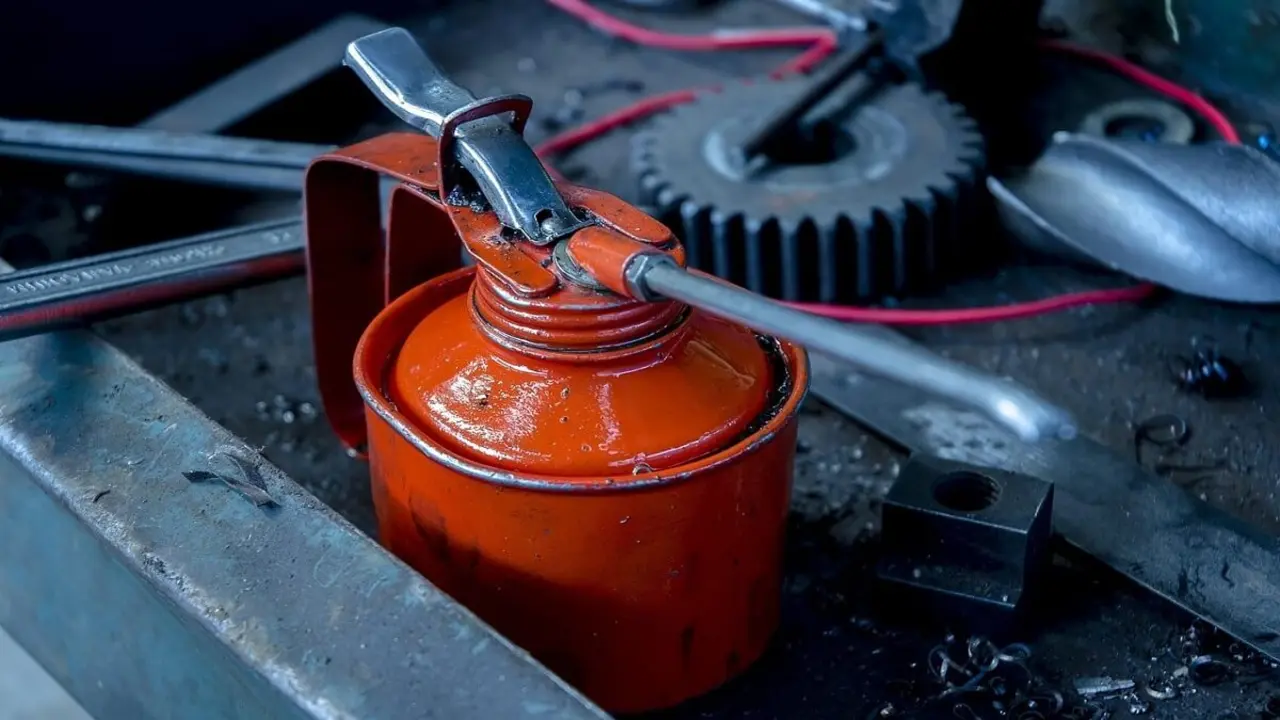Essaouira, símbolo y ejemplo de tolerancia
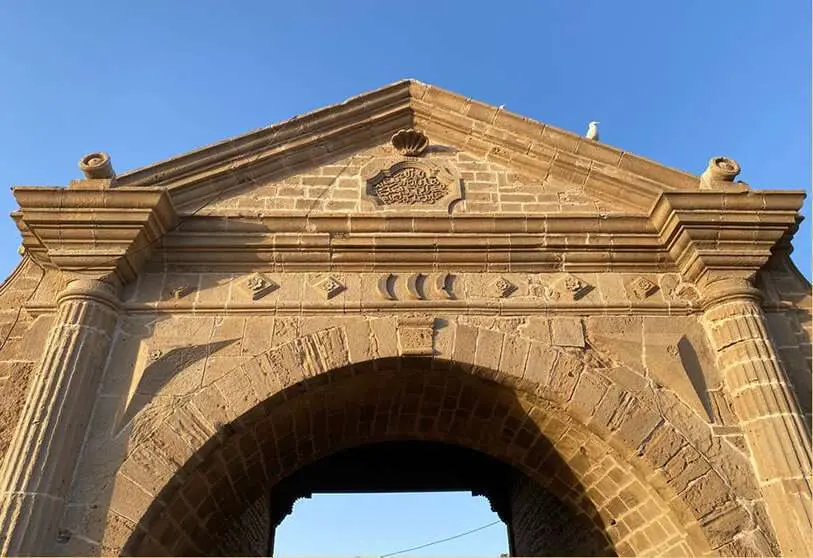
Essaouira and its surroundings offer many interesting activities for tourists wishing to visit this jewel of the Moroccan Atlantic coast. But apart from surfing or pleasant camel rides, this port city also has a rich history based on the peaceful coexistence of different religions. A history that can serve as an example for the present in order to achieve more united and tolerant societies.
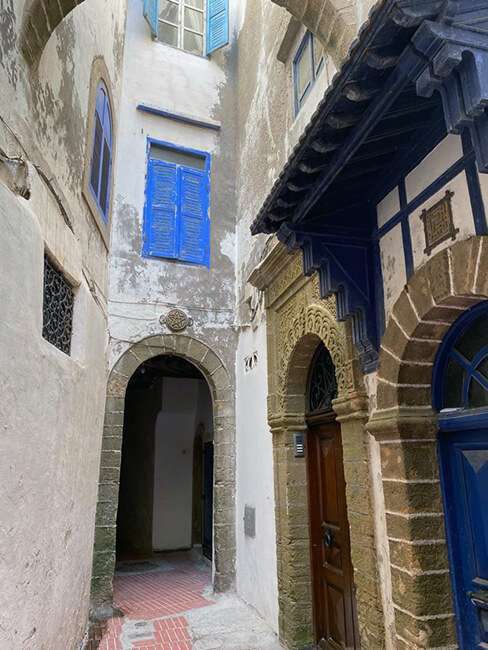
In its quiet streets, home to many loving stray cats, are hidden details that reveal a legacy of harmony and respect that today more than ever needs to be recovered.
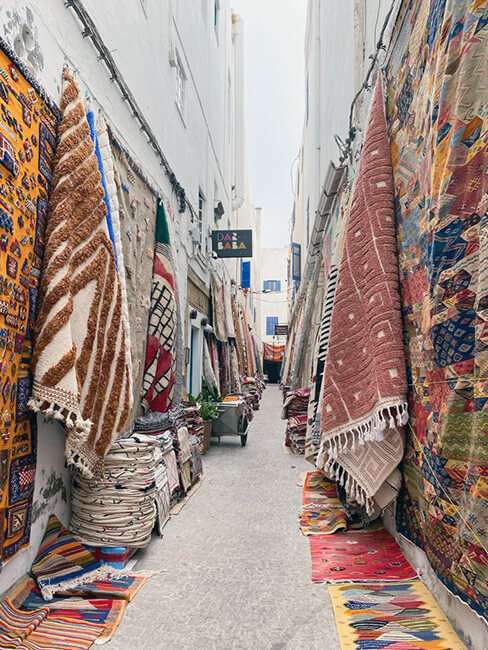
Essaouira is a model of peaceful coexistence between confessions, something that can be seen in the city's architecture. For example, it is common to see the symbols of the three Abrahamic religions in busy places, as is the case at Bab el-Marsa, the entrance to the city from the port, also known as the gate of tolerance because it bears the Islamic crescent moon, the Jewish Star of David and the shell of St James, the symbol that identified the local Christians.
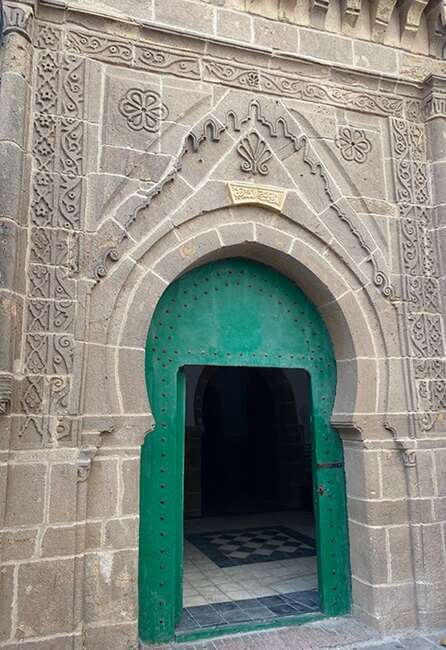
This respect can even be seen in places of worship. In Essaouira, it is therefore common to see a shell of St James or a Star of David on the doors of mosques, a reminder of the importance of respecting other religions before practising one's own.
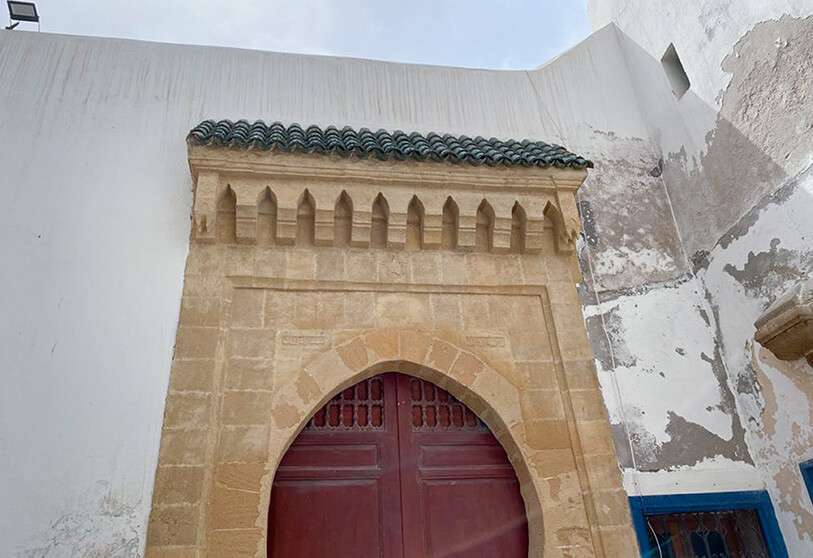
As is the case in many Moroccan cities, Essaouira has an important Jewish heritage that the local and state authorities themselves strive to maintain and promote. In Essaouira, for example, there is the House of Memory, known as Bayt Dakira, a symbolic and educational place that seeks to preserve the Jewish-Moroccan heritage.
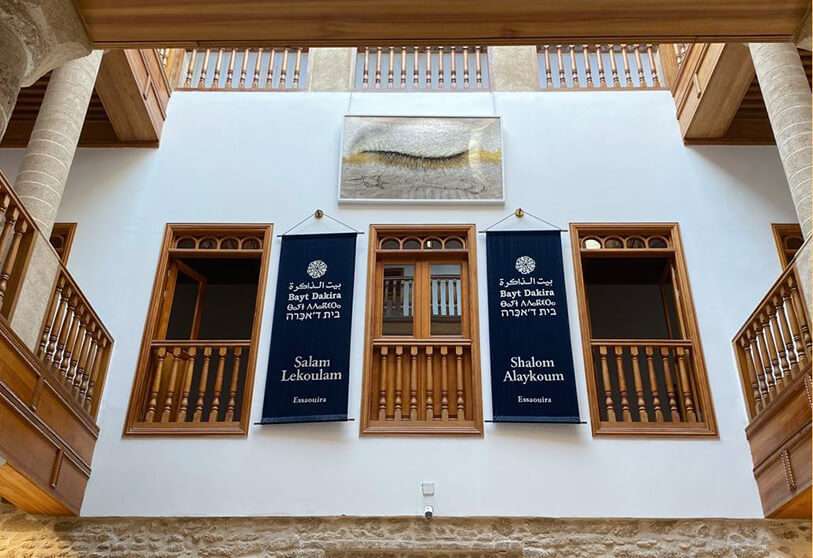
With greetings that intermingle Arabic and Hebrew - "Salam Lekoulam" and "Shalom Alayjoum" - this space located in the Jewish quarter or Mellah opens its doors and reminds us of the importance of building bridges based on tolerance and coexistence in order to build more open societies.
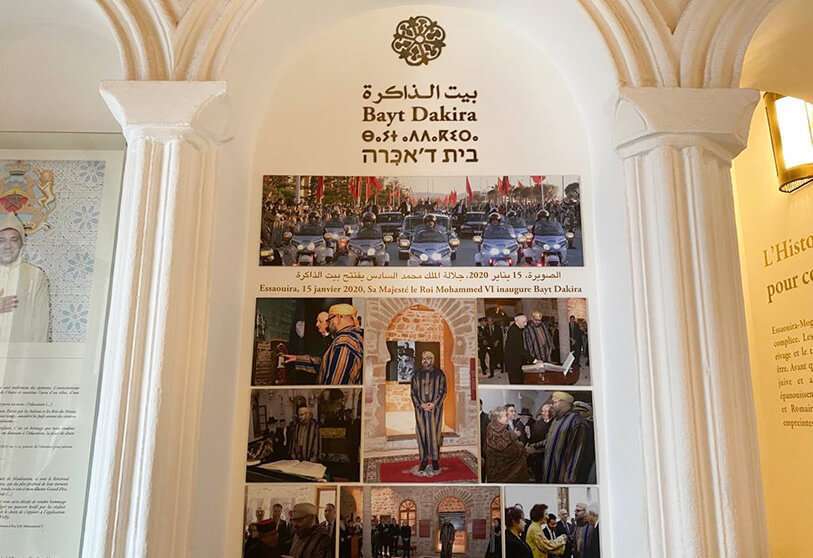
Bayt Dakira was inaugurated in 2020 by the King of Morocco himself, Mohammed VI, who was accompanied by the royal advisor Andre Azoulay, a Moroccan Jew from Essaouira. Inside the complex, once the home of a Jewish merchant family, is the Slat Attia synagogue, as well as religious artefacts used by the city's Jewish community. It also includes a 17th-century torah that King Mohammed VI donated to Bayt Dakira from his private collection.

As well as being an example and symbol of this religious tolerance, the coastal town has always been a key point in the Kingdom. In the past, Essaouira was the departure point for long caravans of up to 1,000 camels bound for Timbuktu, in the heart of the desert.
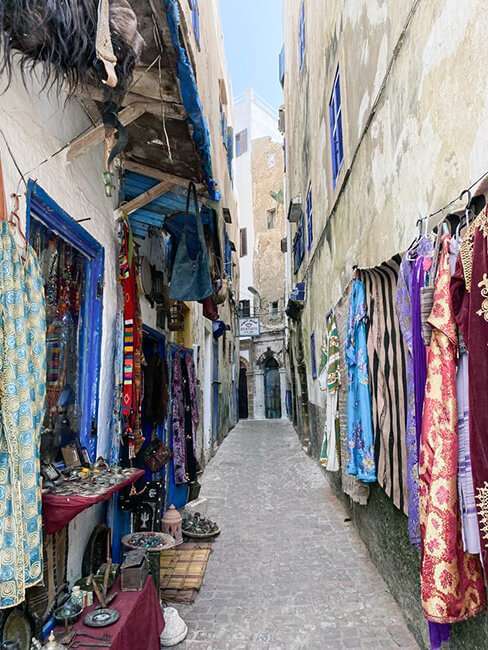
The port city continued to play an important role until the arrival of the French, when it ceased to be the economic capital of Morocco. This led to the impoverishment of the city and the emigration of many of its citizens to larger cities.
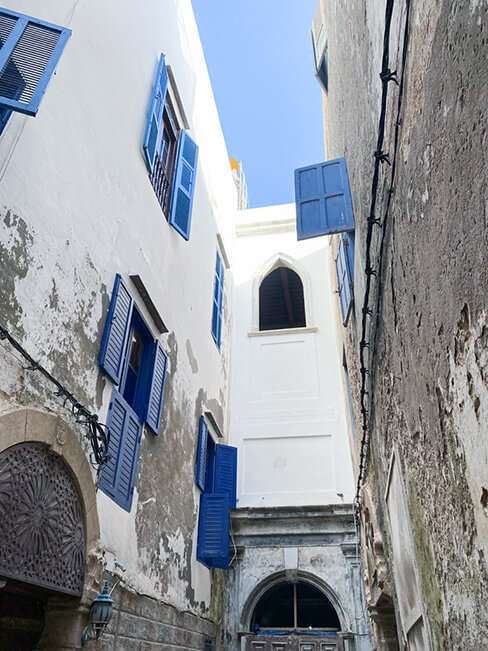
Over the years, however, Essaouira gained popularity among hippies, who were attracted by the natural scenery and the tranquillity of the area. Music, festivals and art galleries have also made Essaouira a key cultural hotspot that is becoming increasingly popular.


